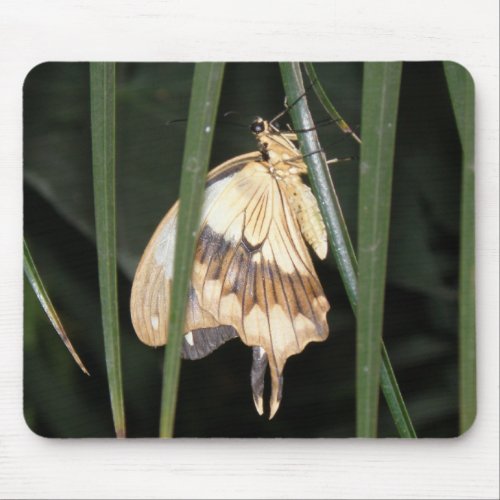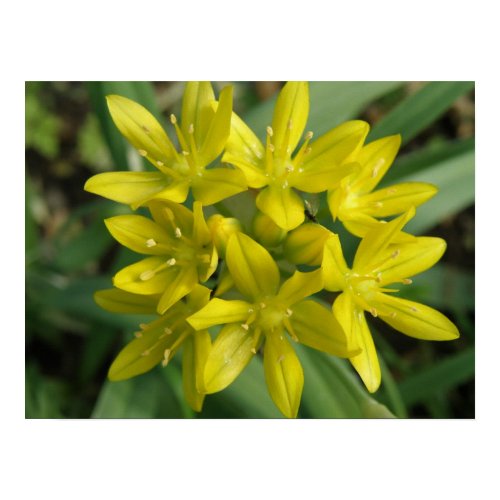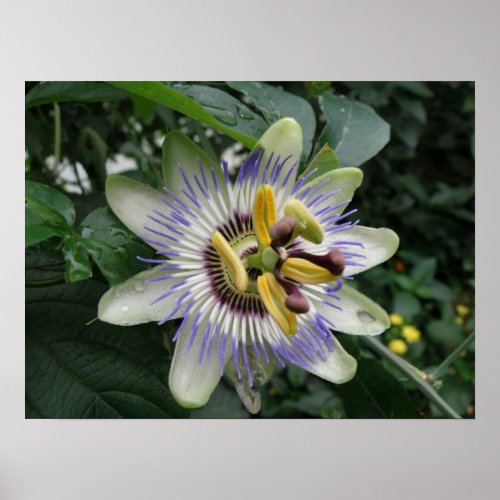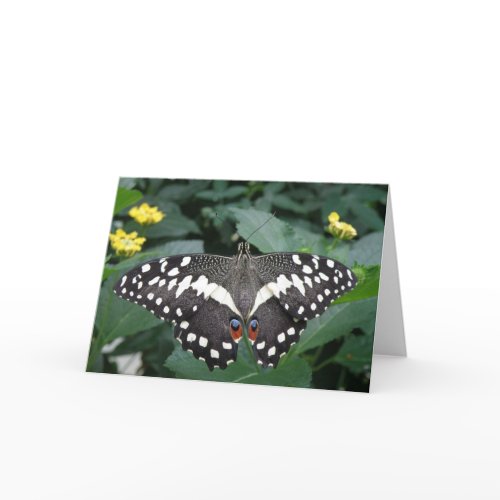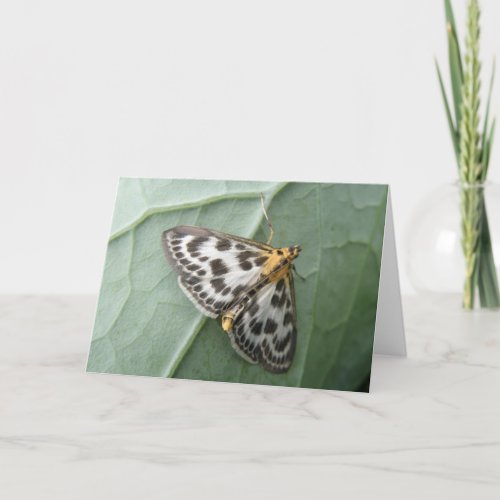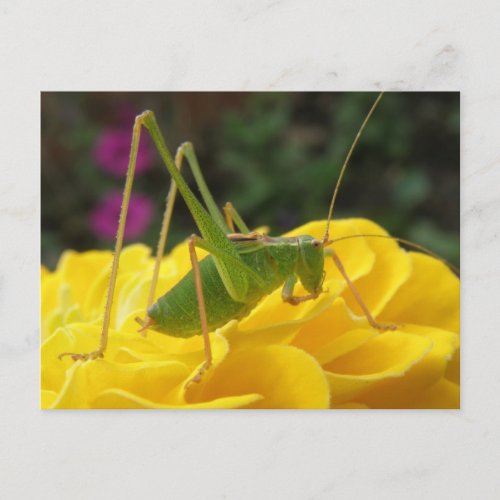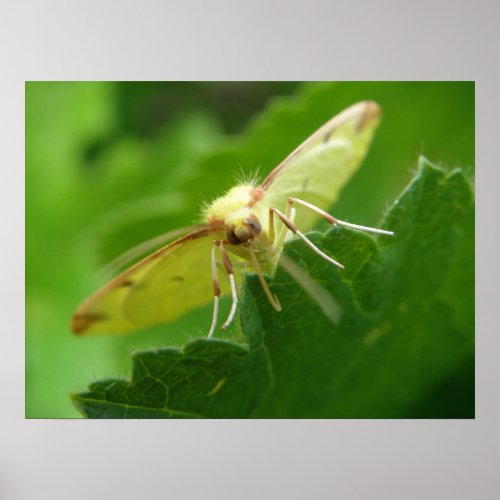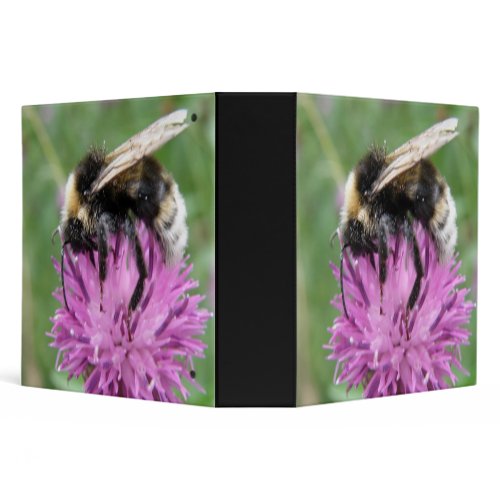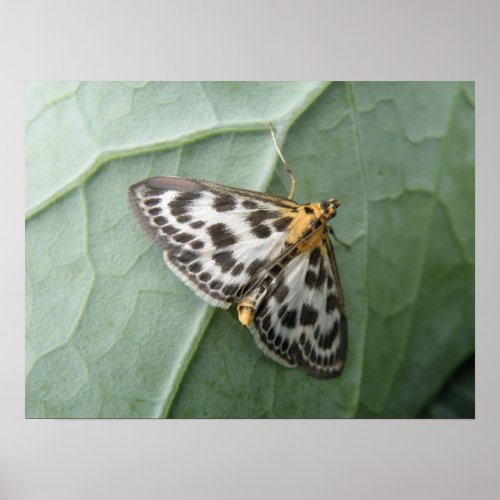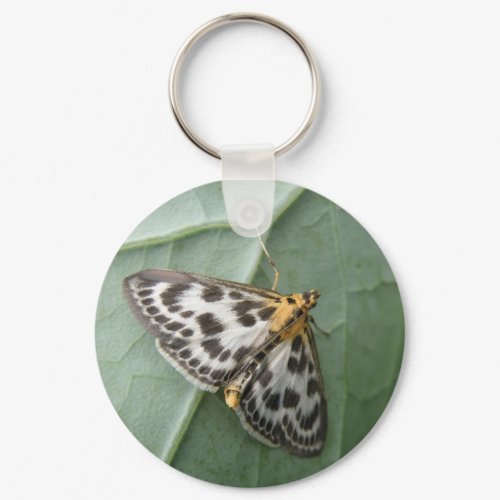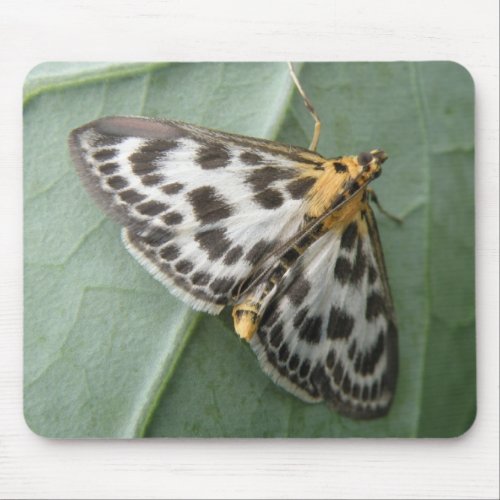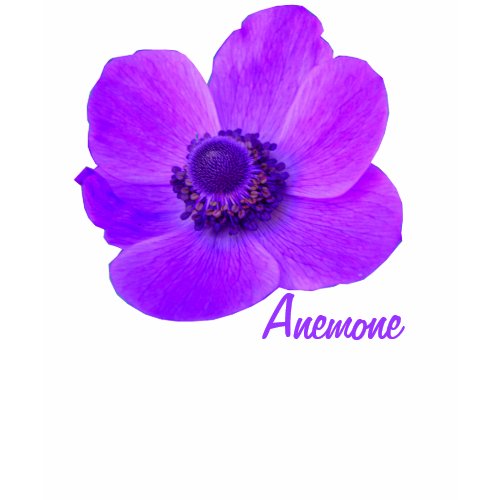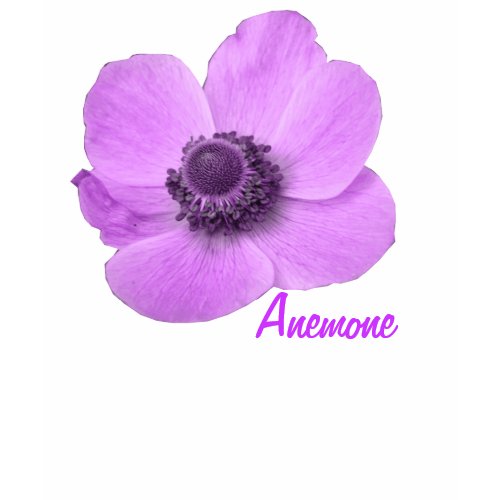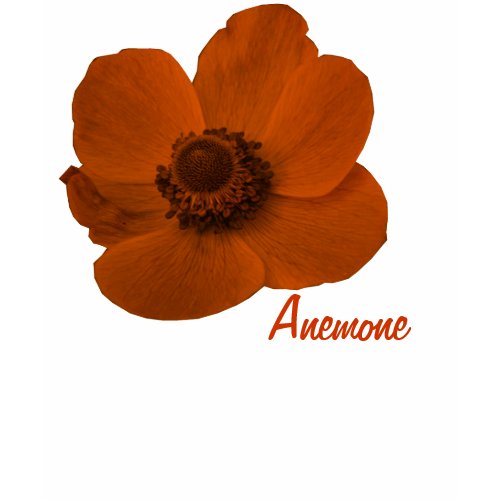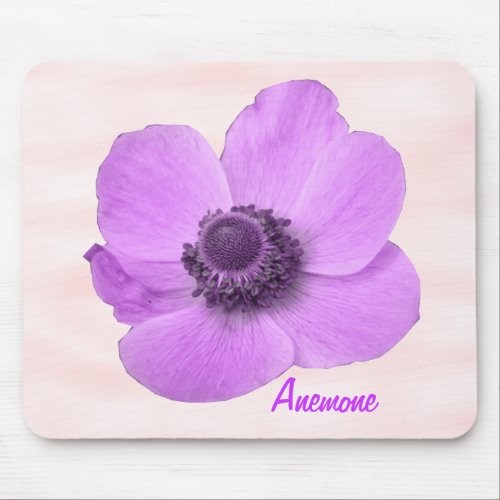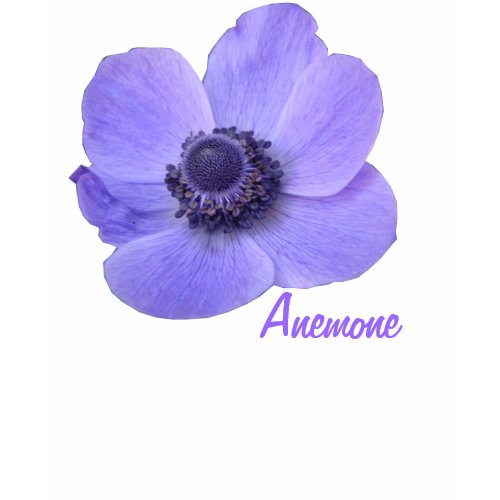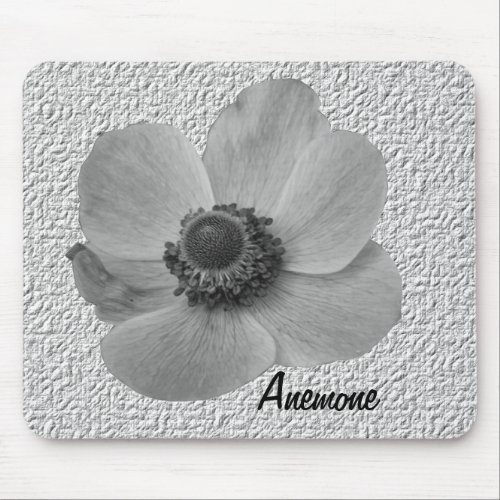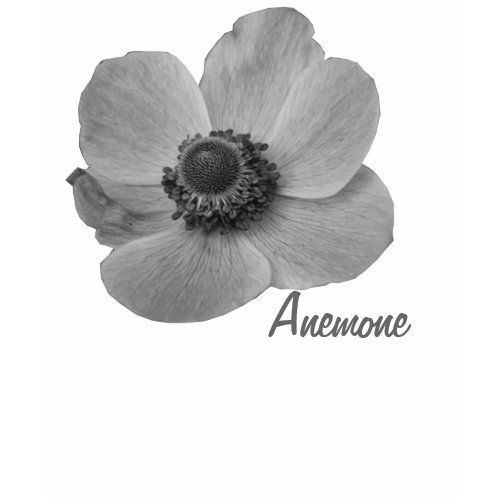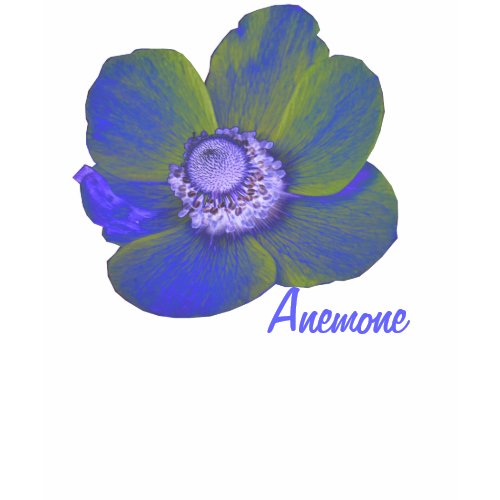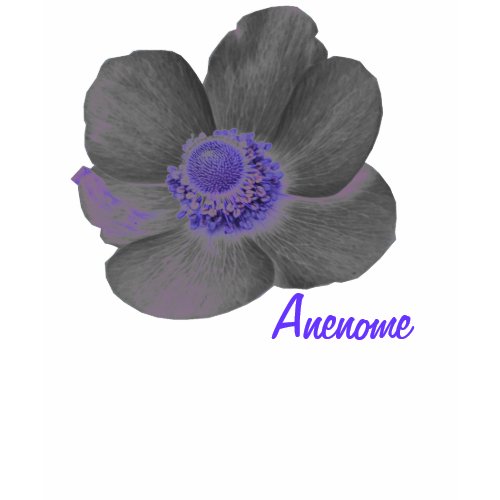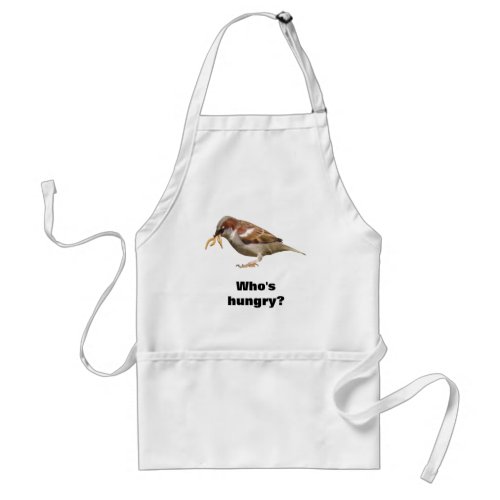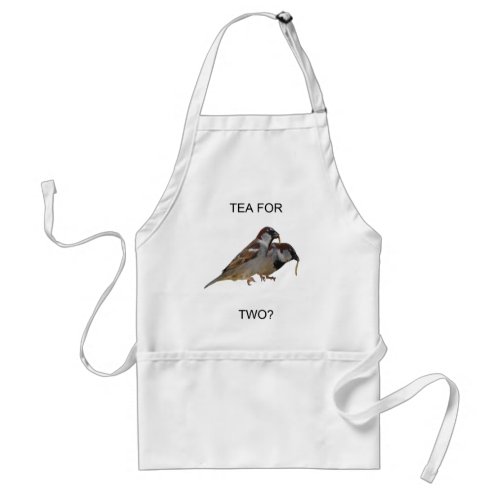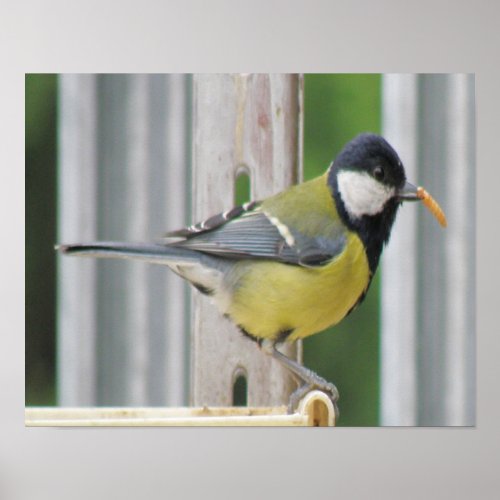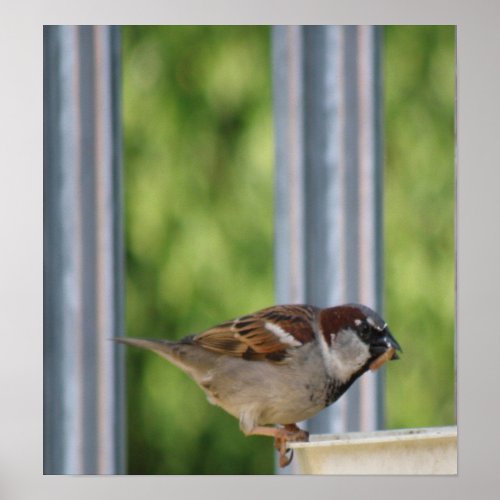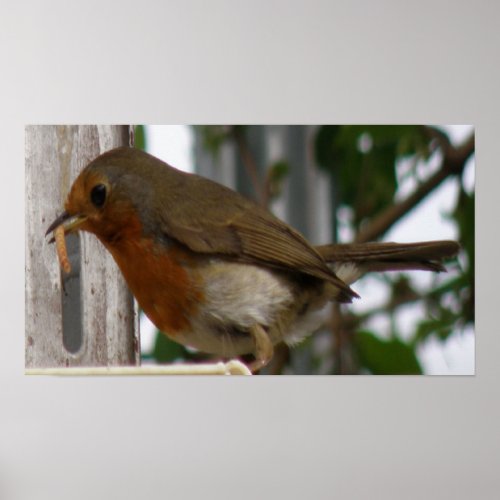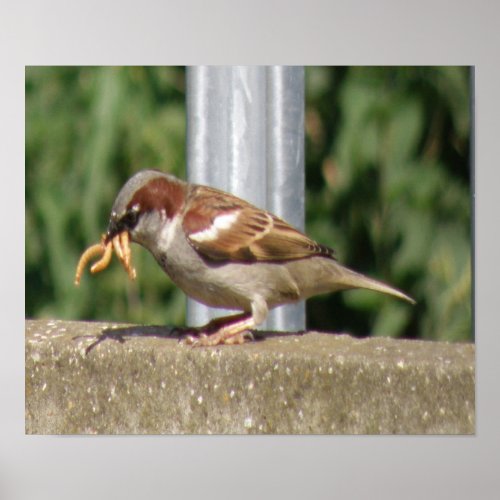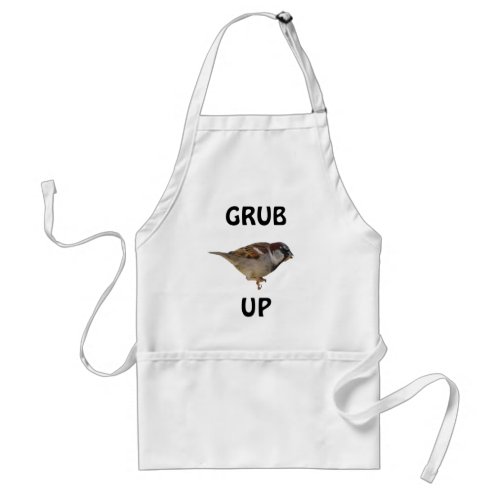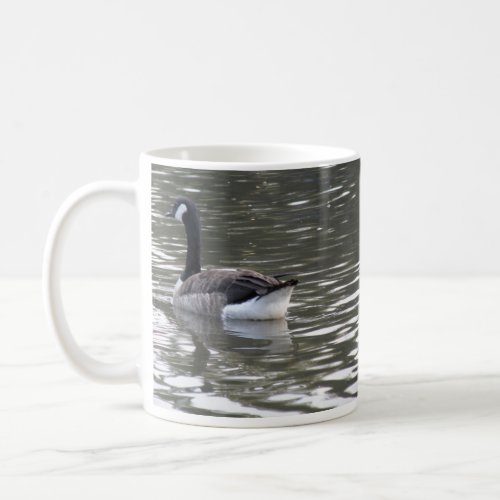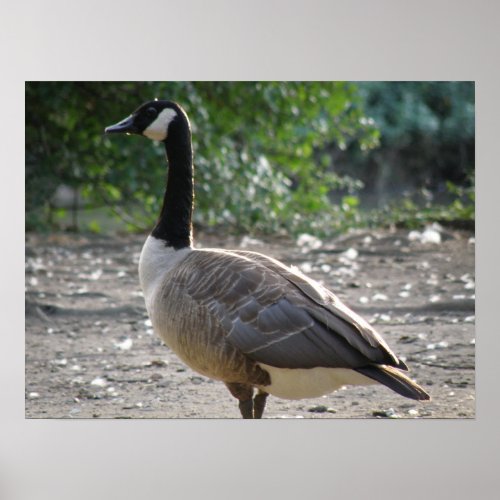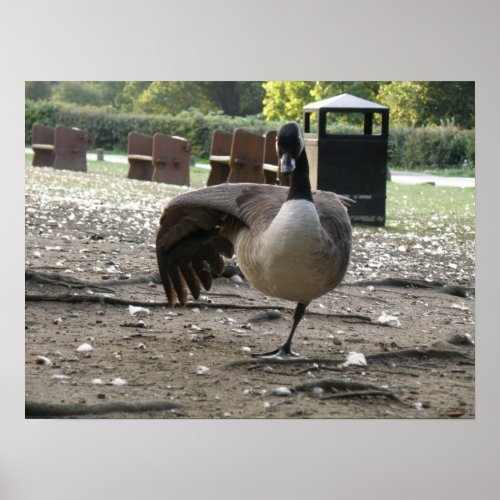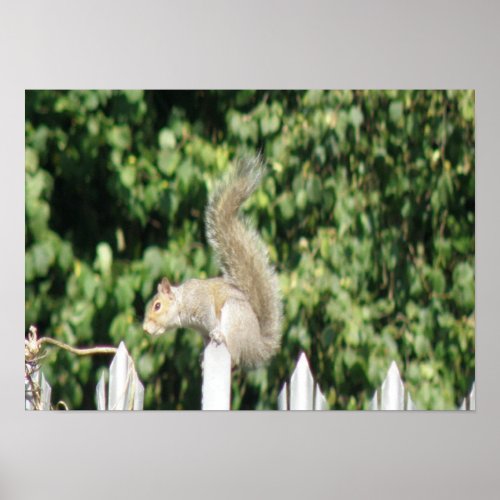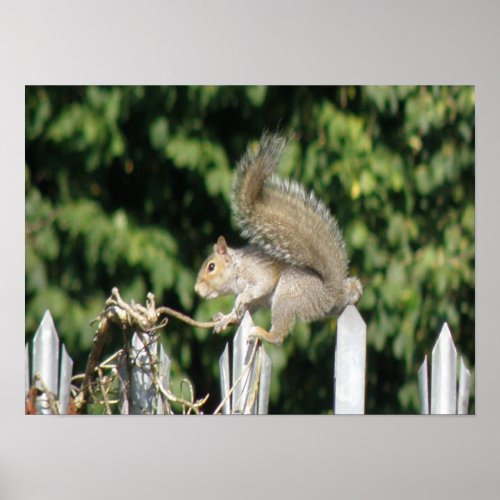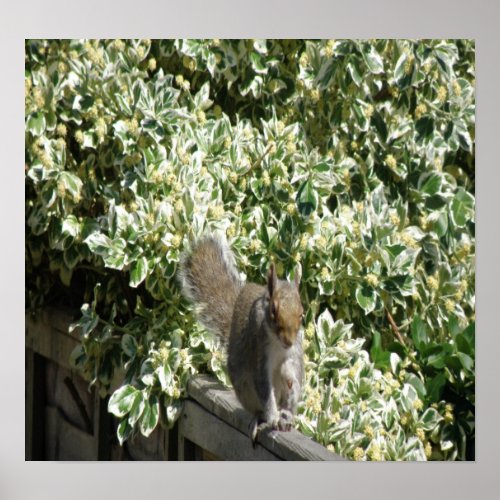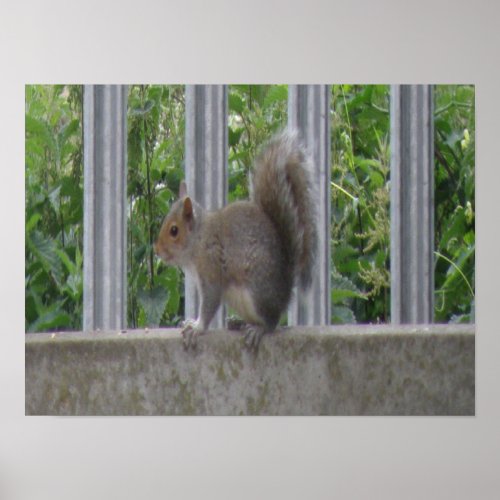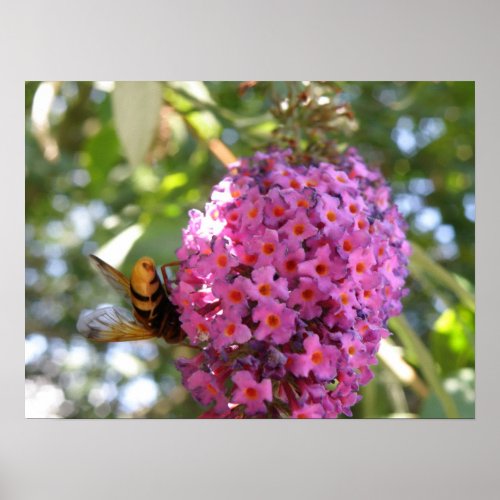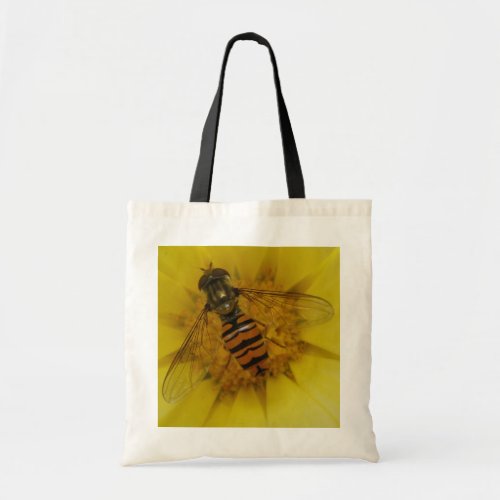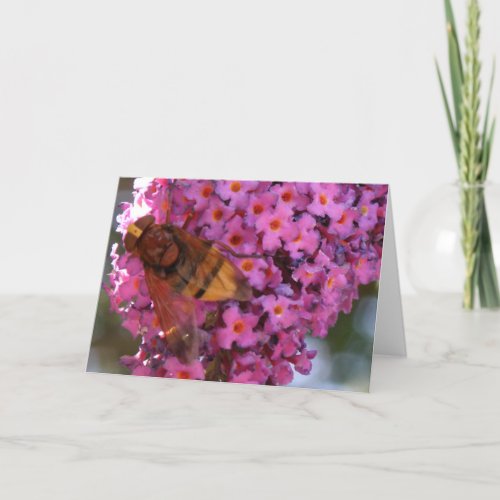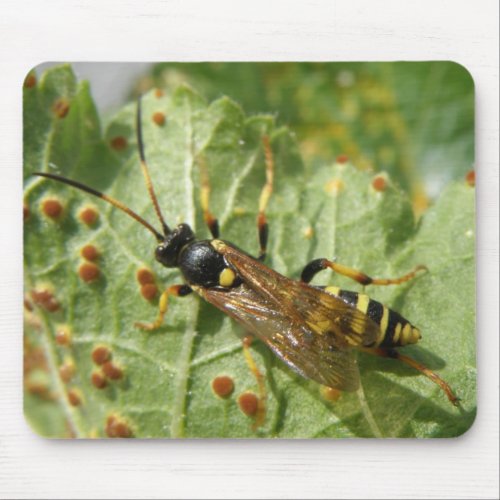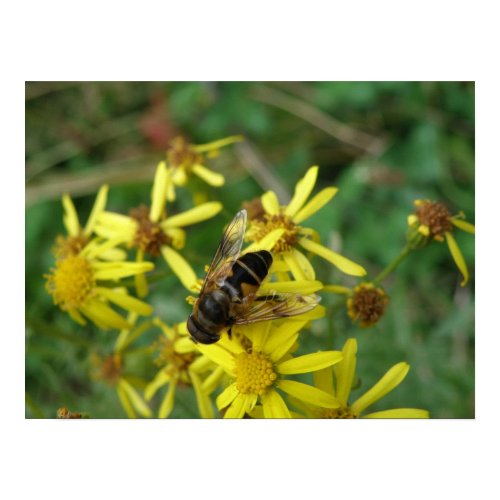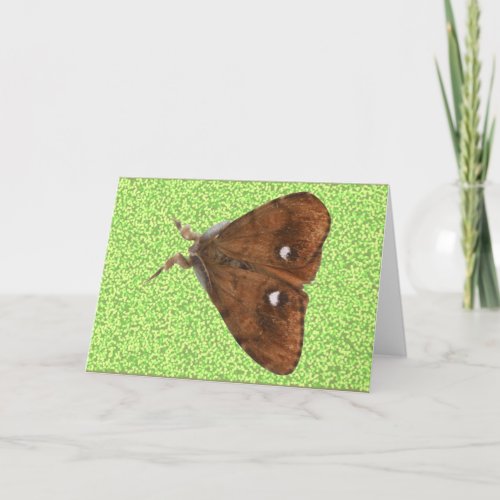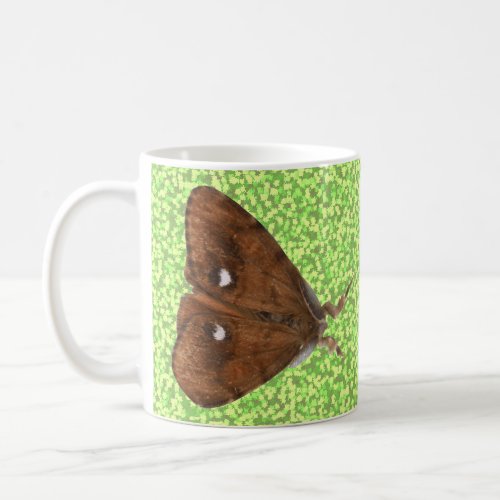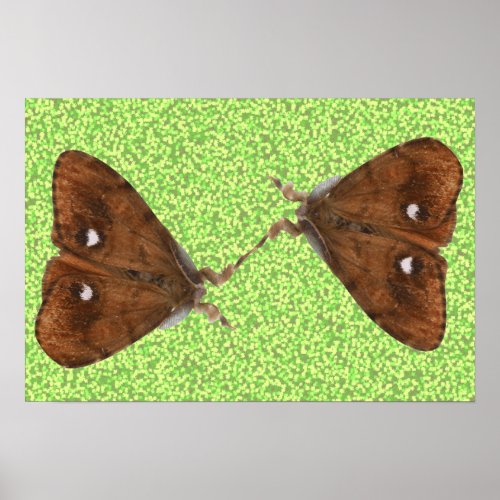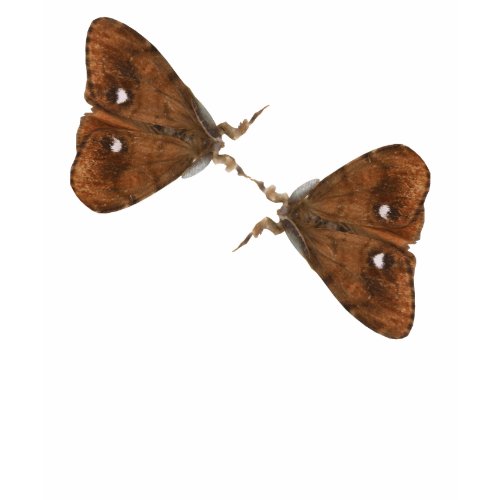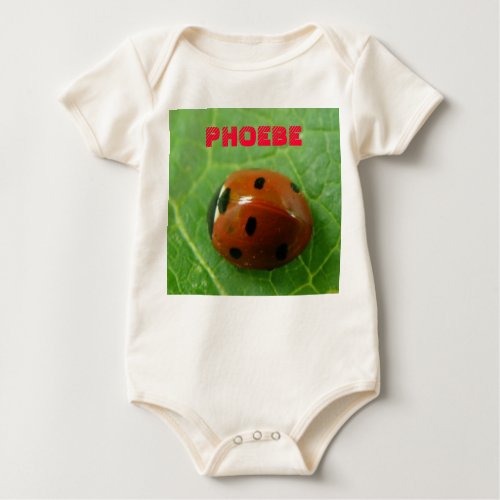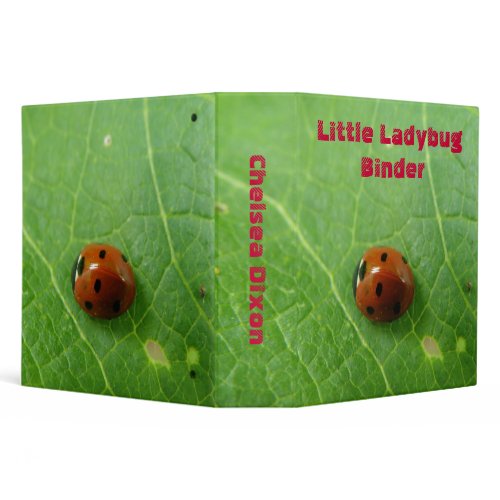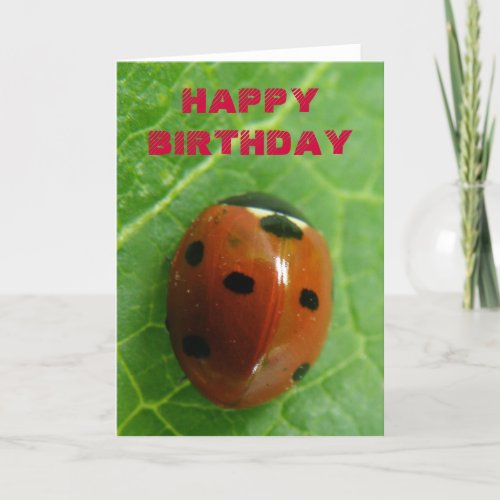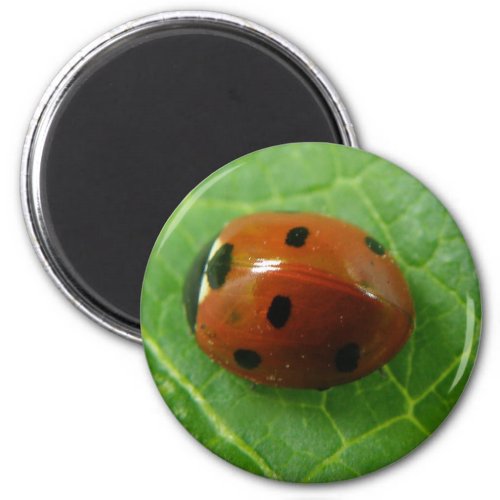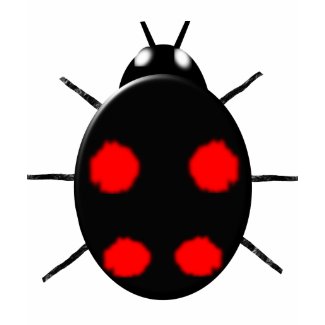Sunday 29 August 2010
Know your local patch
On the way was a piece of land that I have walked past hundereds of times without much thought but when I stopped to look at the seemingly empty area of long grass I was amazed to see two hares bounding around and grazing amongst the grass.
I got some long distance shots thanks to my zoom lens and this made my day even more than the squirrel that I tracked in the woods and photographed as it fed on an acorn.
Sometimes the most empty piece of land is the most full. Take a stroll around near where you live and see if you can find any hidden gems that you never knew about. It will definately make your day.
Thursday 26 August 2010
All the small things
Here are some amazing macro photos on products in my Zazzle store Natural Beauty.
Monday 23 August 2010
Don't pull up all your nettles
In a time where more and more gardens are being lost to concrete it is really important to turn your garden into an inviting habitat for wildlife. You can do this and still have plenty to delight the senses.
Here are some tips for supporting your wildlife.
1. Garden ponds are very attractive places. You don't need a huge area of water to support frogs, toads and all sorts of insects like Dragonflies and Damselflies.
2. Rockeries can be made to look very attractive and will provide a cozy hibernation place for newts. Newts are great becuase they feed on slugs and other garden pests.
3. Compost bins are functional and will support lots of invertebrates that will encourage birds to come and forage in your garden.
4. Some of the most beautiful flowers are really helpful to insects. You can plant things like sunflowers, Lavender, Zinnia, Californian poppies and echinacea to attract bees and butterflies as well as making your garden look great.
Leaving a wild little area in the garden is really helpful to wildlife. I have some brambles, dandelions, nettles and wild grasses growing along with borage and Foxgloves. They grow around the compost bin with just a little path left to get to the bin. This helps mask the ugliness of the compost bin and also makes a great area for butterflies.
Without my little wild area I doubt I would have found a Small Magpie Moth in my garden resting underneath a Broccoli leaf. This is a very pretty species of moth that I was lucky enough to find and photograph.
Here are some products you can buy that feature this beautiful moth. The photograph used is my own photo taken in my own back garden.
So next time you feel like pulling up those nettles think again and you too could have this little moth living and breeding in your garden.
Saturday 21 August 2010
One little flower
I purchased some Anemone bulbs from a gardening shop. There were 20 bulbs in the pack and I was really looking forward to having some pretty little early spring flowers coming up in the garden. I planted them as directed on the packet and waited.
I waited all winter anticipating the arrival of my 20 little Anemones but not all of them grew. I was left the following spring with ONE lonely little blue Anemone. I was really disappointed and ended up taking two photos of the flower and pretty much ignoring it with disgust until it eventually died off. I don't know what I was expecting but it was certainly more than ONE flower. I will try again next year and hope for better luck.
Oh, and by the way, of those two photos I took one of them has turned into a whole raft of products in my store Natural Beauty and that little flower has become one of the most popular flowers in my entire store. Here are a few of the products that little flower helped to create.
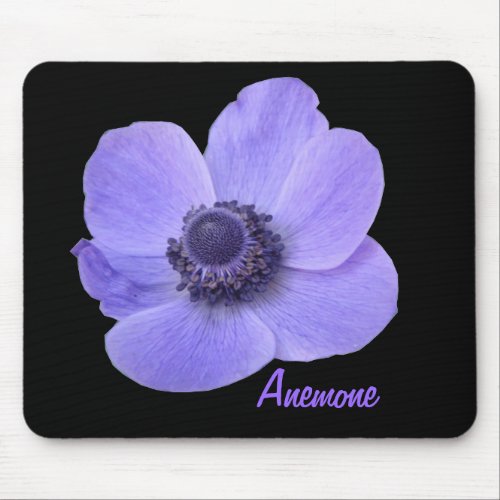
Customizable Blue Anemone Flower Mousepad by Fallen_Angel_483
Create personalized mousemats at zazzle.com
I guess I love that little flower a lot more than I had realized.
Wednesday 18 August 2010
The goodness of grubs
I breed mealworms to feed to the wild birds that visit my garden. Since I have been feeding mealworms out every day I have noticed a huge increase in bird numbers in my garden. This is great for the birds and great for me. I get to see the birds and I know where they are going to land so I can get great photos of them.
You can normally buy mealworms from pet shops. They are used to feed some types of reptiles and amphibians that people increasingly keep as pets. The mealworms sold in the shops are expensive and often literally on their last legs. Most shops don't have the time or space to keep their own breeding stock so they buy the mealworms from suppliers. This means the mealworms are old when you get them and will soon be no use for feeding to birds.
I have a simple breeding system that allows me to produce 200-400 mealworms per day without costing much money or taking up a huge amount of space. They do take up quite a bit of time though.
To breed them you have to get 2 or 3 tubs of mealworms and keep them until they go into a pupa. About a week later they hatch out into beetles. You want to leave beetles in a container with bran and cabbage for about 3 weeks then remove the beetles into another tank and keep putting tiny bits of cabbage in every day so that when the beetle eggs hatch the tiny grubs have food. They will slowly grow for about 8 weeks then should be large enough to feed to the birds. Once you have a system up and running you just have to maintain it.
The mealworms I feed out are full of goodness and lots of birds love them. They count on them during the hard winter and feed them to their chicks in the spring. It isn't always the obvious birds that come to feed on them either. I regularly get House Sparrows, Great Tits, Blue Tits, Blackbirds, Robins, Starlings and Magpies coming for the worms. I have also seen Horatio the squirrel come for them.
Here are some of my favourite photos of garden birds enjoying my mealworms. They really do provide so much entertainment.
Monday 16 August 2010
Time to welcome the foreigners?
That is a debate that will run and run but what about the immigrants of the animal world? There are so many animals around the world that have made itt to somewhere they don't belong. Many have thrived and some cause problems to native wildlife. You only have to look at the damage being caused in Australia by the Cane toad (Bufo marinus). There are ozzy possums running riot in New Zealand, not to mention foxes and rabbits.
In the UK we have our "immigrants" too and one of them may come as a bit of a shock. We all know about mink. They were being farmed for their fur in captivity when some escaped and others were liberated by well-meaning but naive animal rights activists. The water vole population has suffered as a result.
Now we have Indian Ringneck parakeets flying free over London and Canada Geese swimming alonsgide our beautiful Aylesbury Ducks. Wild boar have escaped and are reclaiming the forests they once roamed.
My favourite of our "aliens" is the Grey Squirrel, an animal that is not native and cannot legally be released into the wild even if it was rescued and helped to recover. This seems a bit wrong to me. If you haven't read about Horatio the squirrel on my blog go back and read his story. Had it been possible to catch him and help him recover from his injuries it would be illegal to let him go back in the wild. I hate this law, why should a wild animal be caused suffering by being kept in a cage when it was born in the wild here and does not pose a significant threat to other animals.
The squirrel issue really winds me up. Yes they pass disease to red squirrels, but guess what they catch diseases from reds too. The real villian in the plight of the red squirrel is man for cutting down their trees and building houses and roads through their habitat.
Surely by now it must be time to accept our immigrant animals where they are not causing significant harm to native wildlife, I think so.
I conclude with some products from ny store Natural Beauty showing these "aliens" free and wild doing what they do and charming us all.
Saturday 14 August 2010
Hoverflies do not sting and 7 other facts

Thursday 12 August 2010
The Amazing Vapourer Moth
This animal totally fascinated me so I kept it indoors and fed it on dandelion leaves, not its typical diet but it ate them with gusto. It grew rapidly, as caterpillars tend to do, and soon entered into a chrysalis.
In the meantime I had identified the species as a Vapourer moth. Not just an extroadinary looking caterpillar but quite an unusual moth. Firstly the female is wingless. She will release chemical signals called pheromones. These chemical scents will attract a male. The male mates with her and she lays her eggs on the remains of her own cocoon. The female never flies.
The male is a day flying moth, not nocturnal like the majority of moths. He is very beautifully marked with his brown wings and their striking white eye spots.
Luckily mine turned out to be a male and after taking a few photos I let him go on his way. Here are some of the lovely products I made using one of my Vapourer moth photos.
Monday 9 August 2010
I love Ladybugs
Today I noticed that a pair of 7 spot Ladybugs have settled on one of my broccoli plants and are waging war against a batch of greedy greenfly intent on gobbling up my broccoli for themselves. No need for pesticides, those greenfly are going to be taken care of by my little red and black spotty friends.
On a less promising note I found a ladybug that I believe to be a harlequin ladybug amongst some marigolds that I was planting the other day. I am not sure I feel so happy about these non-native ladybugs being in my garden, especially if they aren't good news for the native ladybugs. I have to study the photos some more to be sure if they are Harlequins or not but I hope I am wrong on this one.
I have some ladybug photos in my
store
Here are a few of my favourite ladybug products so far. There will be a whole new series of ladybug photos coming over the next few weeks.
